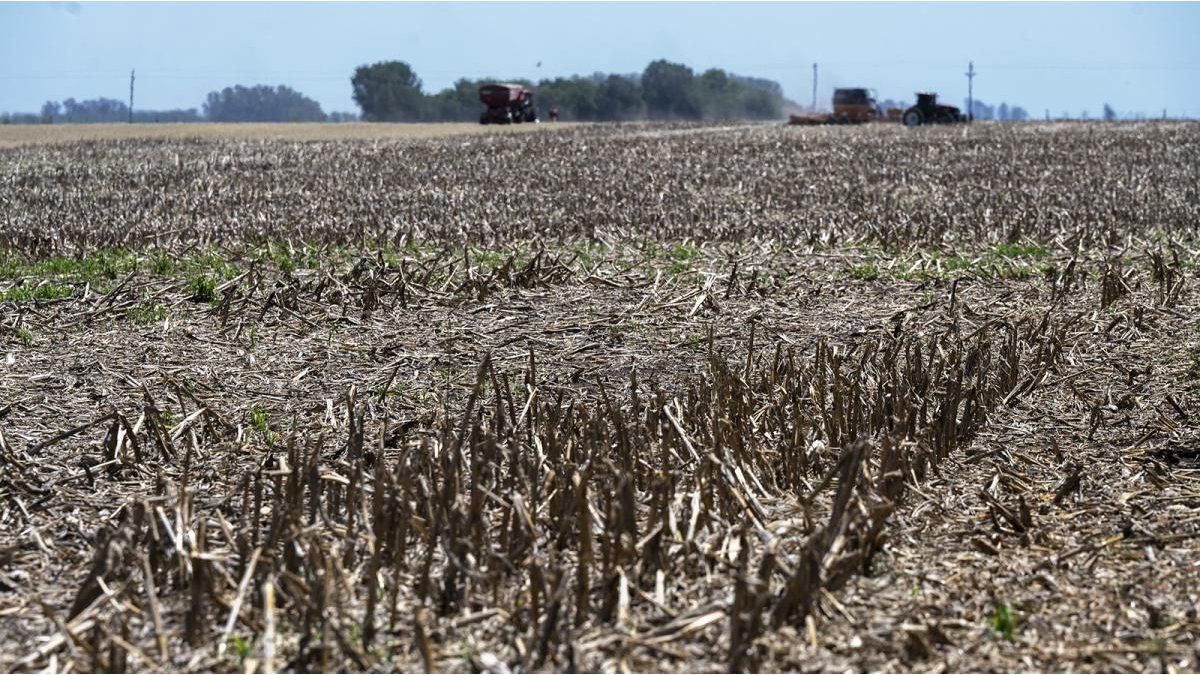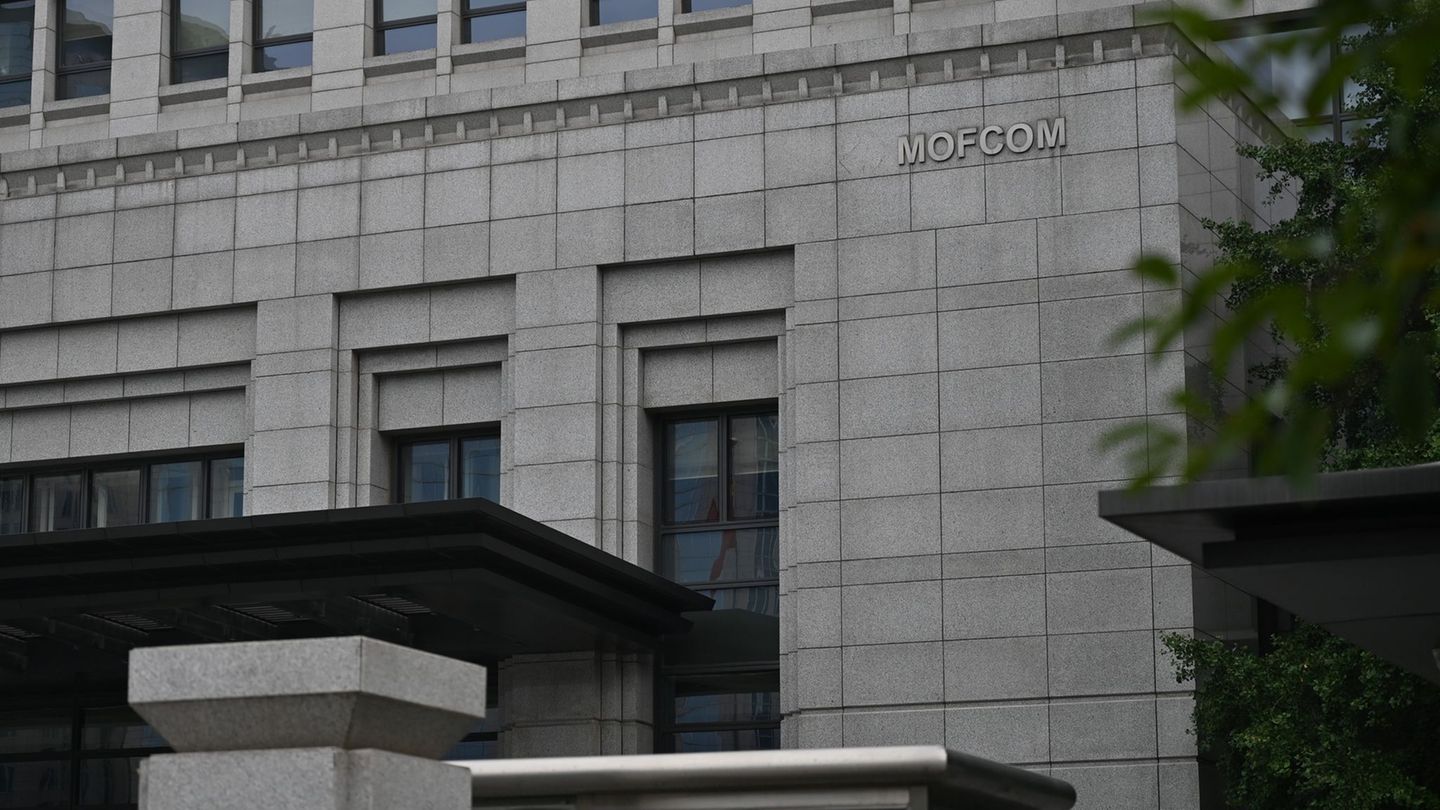At times when reserves are at a critical level, Minister Sergio Massa’s biggest short-term concern is to get the International Monetary Fund to issue USD 5.4 billion on March 31 and that the report accompanying that disbursement be as uncritical as possible.
It should be remembered that the reports from the agency’s staff report, although they analyze the performance of the past quarter (which is assessed to be the last quarter of 2022 in this case), also warn how they see the most recent performance of the economy. And so far this year the numbers for Argentina have deteriorated, due to the rise in public spending and the lower accumulation of reserves, among other aspects.
At the Palacio de Hacienda, they are studying what to do with the exchange rate, in light of the disastrous data of the harvest. Official sources ruled out Ambit the possibility of a new soybean dollar and indicated that they evaluate mechanisms to achieve an improvement in parity for exports – or at least for key products – which would also imply a rise in the cost of imports.
In private media it is speculated that the adjustment would be between 20 and 30%. A higher correction is considered unsustainable due to the delicate social situation at a time when food prices are already registering strong increases.
As the days go by, harvest estimates continue to shrink amid what is already the worst drought of the century.
The latest estimates made by the Grain Exchange of Buenos Aires anticipate that the production of the three main crops – soybeans, corn and wheat – would fall close to 38% compared to the previous campaign.
Thus, the harvest valued at average export prices (FOB) for these crops would sink by more than USD 18,000 million, and could even reach USD 20,000 million, according to Ecolatina. However, this consultancy also warns that “since there are no climatic conditions in sight that would allow the yields to be laid or the area that will not be harvested, we will likely see further adjustments in the coming weeks.”
With a similar estimate of foreign exchange loss (USD 19,000 million), Equilibra calculates that the agricultural sector would suffer a contraction of 17% in 2023which it involves a direct drop in GDP of just over 2% including related activities.
lower income
The lower foreign sales of the agricultural sector abroad will mean a significant cut in Treasury income. The latest estimate from the Rosario Stock Exchange projects that the contribution in terms of export rights of the agro-industrial chains will be US$ 6,532 million in the year. This figure represents a 33% drop in relation to the estimated collection in 2022 for the same concept.
By calculating the overall effect of the drought on fiscal accounts, Equilibra projects a drop of USD 4.2 billion in withholdings (due to the drop in settlements) and lower tariffs and VAT DGA (due to the cut in imports). The drop in GDP would also affect the collection of taxes linked to the activity.
Howeverthe biggest blow will come from the liquidation of agro-currencies since last year, this sector contributed more than half of the income of dollars.
This is already being noticed – and intensely – in the currency sales that the Central Bank is forced to do due to the lack of dollars contributed by the countryside. Although the data is distorted by the advancement of exports caused by the soybean dollar, In the first two months of the year, agriculture liquidated only USD 1,573 million, far from almost USD 5,000 million in the same period last year and the lowest record in the series since 2005.
In this context, in the last 5 rounds the BCRA parted with USD 554 million with a loss of foreign currency that is close to USD 2,000 million so far this year. As a result, highlights Ecolatina, Gross international reserves have already reached USD 38,000 millionwhile calculating that the net (according to the IMF methodology) would already be below USD 1,500 million.
inflation with recession
Consultants warn that climate shocko It will hit economic activity as a whole due to the drop in agricultural production, the reduced possibility of importing inputs and goods, the acceleration of inflation and the decrease in public spending due to the drop in tax revenues (mainly withholdings).
The correlation that exists between the activity of the agricultural sector and the Argentine economy as a whole becomes evident when it is observed that the droughts of 2008/9, 2011/2 and 2017/8 were all accompanied by falls in GDP: -5.7%, -1.4% and -2.7%, respectivelyaccording to a report by the consulting firm pxq.
Although he clarifies that the weather was not the only factor behind these declines in activity, he warns that, as in 2009, the impact of the international crisis cannot be ignored.
The consulting firm that runs Emanuel Alvarez Agis calculates that the fall in exports derived from the drought would imply a 7.5% retraction of purchases abroad with respect to 2022. Taking into account the elasticity of imports to GDP, this would be consistent with an overall drop in activity of around 3%.
Last but not least, the consultants also highlight the impact that unfavorable weather conditions have on prices. The strongest expression was last February, when due to the lack of pasture, meat had a rise of almost 20%. The problem extends to other foods such as fruits, vegetables, and dairy. In relation to this last item, sectoral estimates foresee a drop of 20 to 30% in milk production.
The inflation advances for March confirm the persistence of the problem. The projection of Eco Go for the food and beverages item for March is 7.4% (above the 6.9% that the total index would give). The data from Ecolatina are similar: food and beverages showed a monthly growth rate of 7% in the first fortnight of the current month.
frank drought
Source: Ambito




